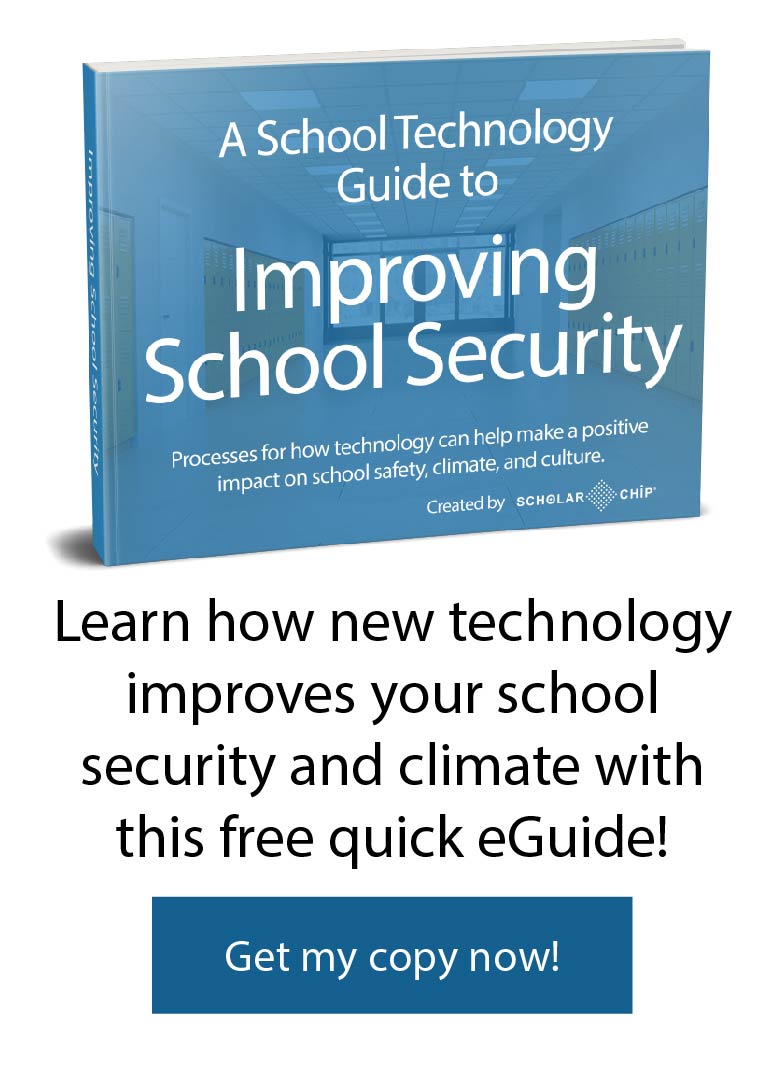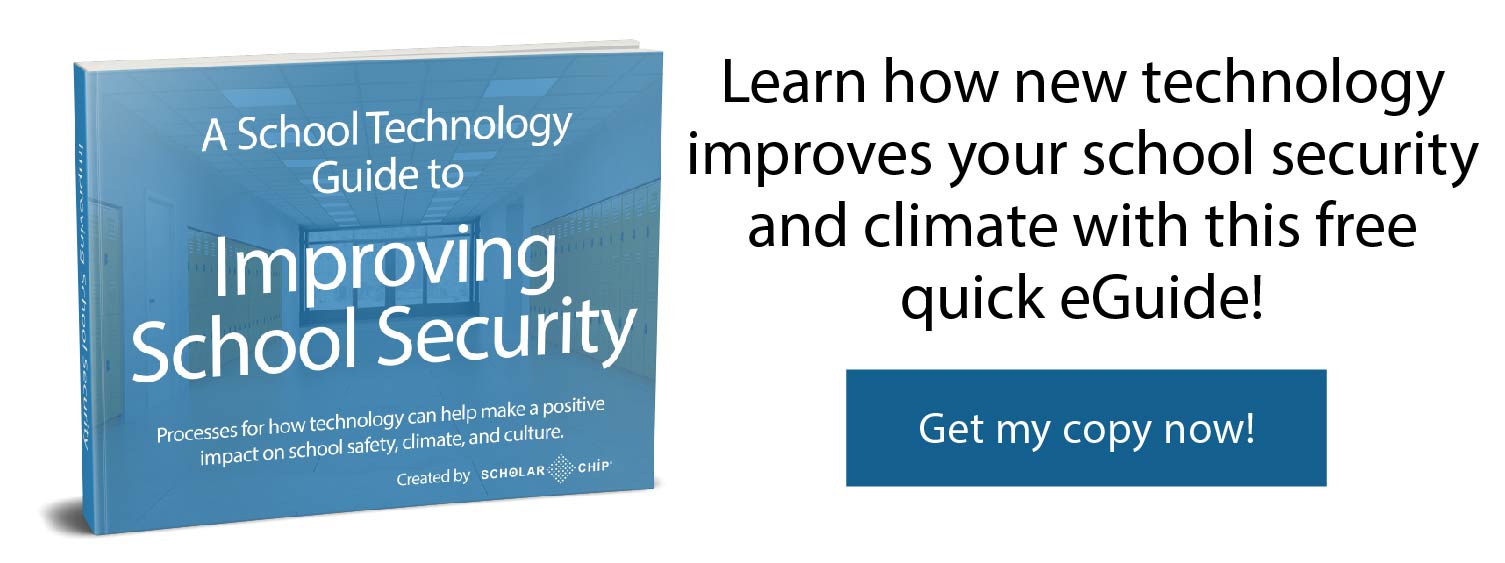As a school information technology officer or IT director, you hold a tremendous amount of responsibility. One of the most important things you do as a campus administrator is to keep your students and staff safe. In fact, you might be struggling to sort through all the school safety options out there to decide what’s best for your campus. School safety “experts” have really come out of the woodwork over the last decade, and everybody has a different software program or device they want you to buy.
Video cameras are a critical tool in a complete school safety program. They are especially beneficial for monitoring secluded areas on campus, such as stairwells and behind buildings. Some schools have installed metal detectors at their entries. While these measures may catch some weapons and contraband before they make it through the doors, the overall consensus is that metal detectors tend to create negative and sometimes hostile sentiment within the student body. While these hardware-based security tools may play a role in many schools’ security plans, you may be surprised by all the ways 21st century school information technology can have a direct effect on security.
As a result of many school violence tragedies, school information technology has grown by leaps and bounds to help keep campuses secure. The old ways of running a campus are being replaced by smart, tech-based solutions that fulfill more than one purpose. Check out these four specific ways school information technology can have a direct effect on school security.
1. An integrated visitor management and entry control system allows schools to catalog and restrict campus access to new visitors that could be a possible threat. Virtually every school security authority recommends this type of system, including The Edvocate. Visitor management systems utilize government-issued ID cards, such as drivers licenses, to confirm a visitor’s identity, running a sex offender check through a trusted registry.
All of a school’s exterior doors should be locked during school hours. Anybody who wishes to enter the campus during the school day should only be allowed in at the front desk area. This allows office staff to keep track of everybody leaving and entering campus during school. An entry control system automates this entry restriction process and provides peace of mind for busy administrators.
2. Controlling who has access to sensitive areas, such as chemistry labs, the security office, or server rooms, is critical to maintaining a secure campus. An entry control system relies on smart ID cards to control which individuals have access to which areas of campus. For example, sensitive rooms should be off-limits to unaccompanied students and visitors. Each student, employee, and visitor’s smart or regular ID card will only grant them access to the appropriate rooms and areas of your school. Entry control systems automate another important aspect of campus security that cannot be monitored by a human all day long.
3. Strategically-placed video cameras automate yet another aspect of campus security that’s hard to achieve with humans alone. Placing surveillance cameras in particularly hard-to-watch areas, such as stairwells or behind buildings, is a good deterrent to bad student behaviors. Cameras also make it easier to identify vandals, truants, and other would-be rule-breakers. When students know their actions are about to be captured on video, they tend to think twice before making bad decisions.
4. Staff members need a tech tool that centralizes all student incidents, staff notes, grades, attendance records, and behavior interventions. When students tap their smart ID cards at the card reader by a teacher’s door, they are automatically marked as present. When another teacher writes an incident report for bad behavior, it’s recorded in the same centralized data collection program. The system notifies the appropriate administrator or counselor in real-time. The system can even assign a behavior education module to the student before a counselor even talks to the student. Teachers find this level of student follow-up to be tremendously helpful in maintaining order in the classroom.
ScholarChip Has the School Security Tools You Need
The Rand Corporation recently funded a study of the effectiveness of various school safety measures. The study indicated that three of the most effective school information technologies were “identification technology to monitor entrances and exits into school buildings/campuses, including position tracking”, “software that matches school incident data to suggested evidence-based programs/responses”, and “early warning student tracking systems.” In addition, this Forbes article highlights the importance of both preventing and responding to incidents, and how it’s most effectively accomplished by updating on-campus technology. American schools demand ever-increasing levels of service from their information technology tools, and some IT companies are delivering the goods.
ScholarChip is an all-in-one, platform solution to help reduce school threats and address the important issues surrounding school safety and security through technology. Data from students, faculty, and stakeholder are leveraged to manage school access, attendance, and behavior management through the platform tools to increase safety and promote the campus climate schools are looking for.
Learn more about how ScholarChip can directly increase your school security with information technology. Schedule a 1-on-1 strategy session today!


